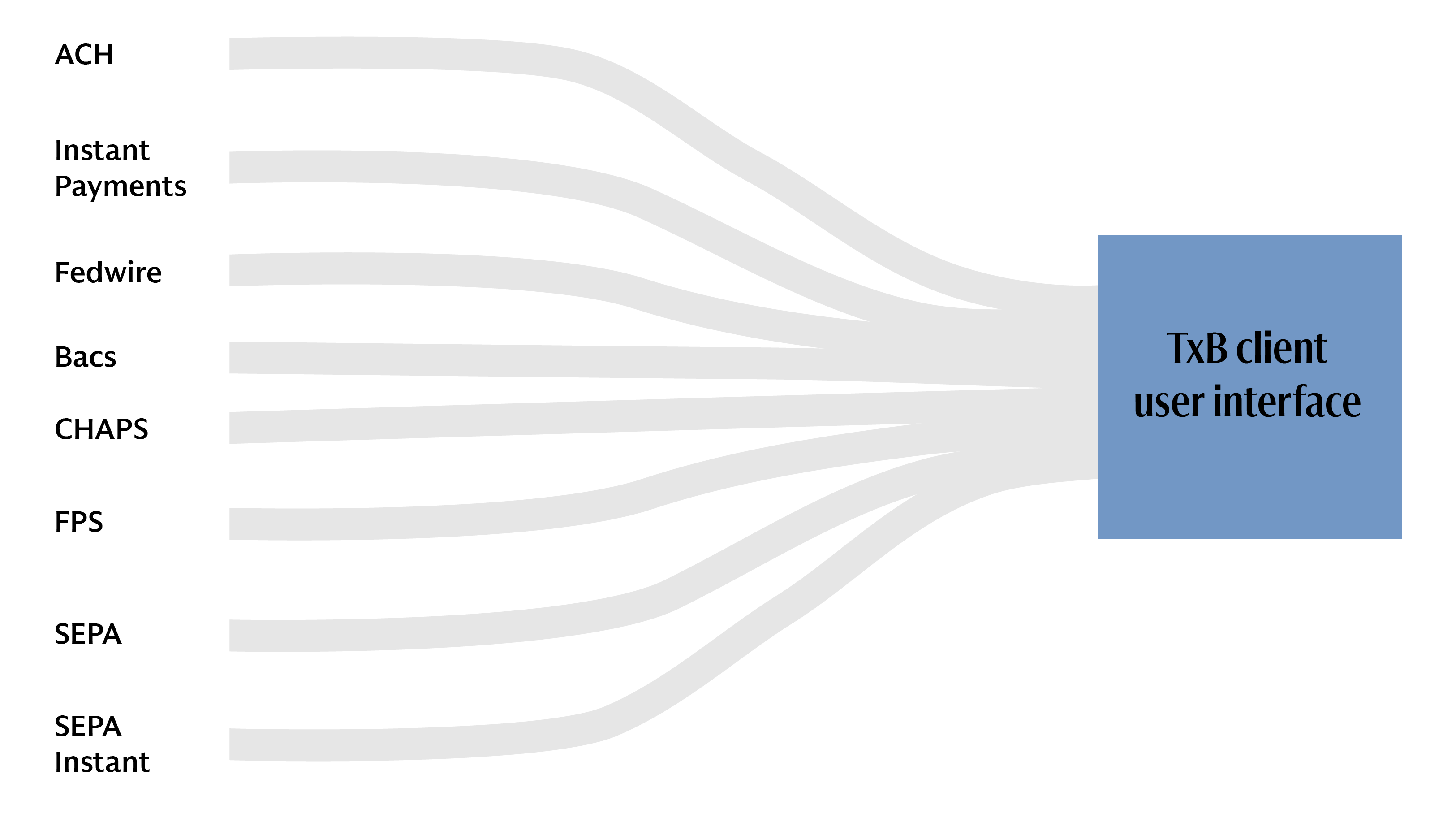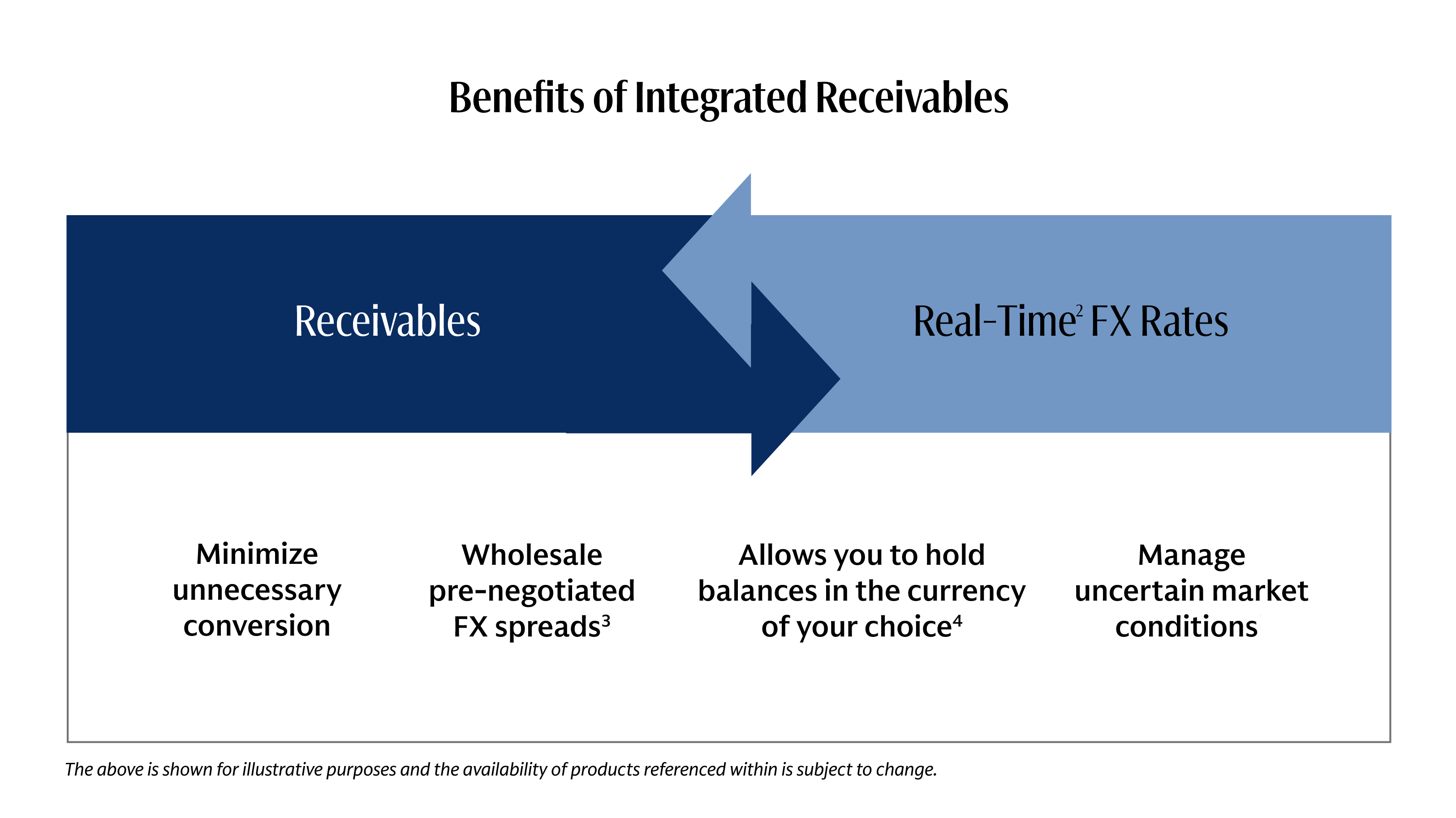Beyond the Rate: How Integrated FX Payments Make Treasury Teams Smarter


Efficient management of foreign exchange (FX) is inseparable from payment execution. Modern treasury teams can gain meaningful insights, simplify day-to-day operations, and sharpen decision making by using solutions that unify FX rate and payment initiation in a single workflow.
Legacy infrastructures often lock treasurers into rigid processes that restrict flexibility and obscure visibility into individual FX payments. Introducing new channels typically requires multiple bank integrations and manual workarounds, increasing the likelihood of timing mismatches, higher spreads, and currency risk.
Advantages of Integrated FX and Payments
By embedding FX rate review and confirmation directly into payment workflows, treasury teams can achieve greater strategic control, operational agility, and risk management capabilities. Here, we outline specific advantages and describe practical implementation methods.
1. Optimal FX Rate Management
Integrated FX payment solutions allow treasury departments to access competitive, executable quotes at the same moment the payment instruction is created, potentially reducing risks associated with currency fluctuations. Common use cases are to fund intercompany operations or individual supplier payments.
2. Streamlined Payment Execution
An integrated approach simplifies managing multiple payment channels. SWIFT, local clearing, and other payment rails connect through one interface, so no additional message formats or separate onboardings are required, significantly lowering migration risk when utilizing a new payment rail.


3. Enhanced Currency Exposure Control
By combining FX and payments into a single-step initiation, treasury teams can get a clear picture of the amount of functional currency that is expected to arrive at the beneficiary bank, keeping settlement flows intact.
4. Optimized FX Receivables Management1


FX receivables are often overlooked in treasury strategies. Many corporate clients simply convert these funds at their bank’s standard rate, missing opportunities to optimize their receivables.
Alerts can be created to identify incoming foreign currency receipts before they credit, enabling the treasurer to decide whether to convert or keep the receipt in the source currency.
Why it matters: This enhanced control over receivables improves cash flow predictability, reduces FX conversion costs, and helps treasurers better manage their currency risk in volatile markets.
5. Centralized FX Pricing and Negotiation
A single agreement, governing the spread, is stored centrally and applied automatically across web, host-to-host, and API channels.
Building a Resilient Treasury
Integrating FX rate review and confirmation with payment execution elevates treasury functions from reactive to proactive. Treasury teams leveraging integrated FX payments solutions benefit from increased agility, enhanced visibility, and control over the currency risk associated with FX. This has the potential to position their companies to effectively manage and deliver on their objectives.
1. Not all products are live offerings, and availability remains subject to Bank approval. The product roadmap, including expected timing, is indicative only and remains subject to change without notice.
2. FX rates are presented within seconds, but real-time data can be impacted by planned system maintenance, connectivity or availability issues stemming from related third-party service providers, or other intermittent or unplanned technology issues.
3. Goldman Sachs Transaction Banking reserves the right to negotiate FX pricing, and any FX pricing negotiation is dependent on FX volumes in-scope.
4. Goldman Sachs Transaction Banking currently offers 21+ currencies. Number of currencies is subject to change without notice.
- Let’s start a conversation about your treasury goals.
Transaction Banking services are offered by Goldman Sachs Bank USA (“GS Bank”) and its affiliates. GS Bank is a New York State chartered bank, a member of the Federal Reserve System and a Member FDIC. For additional information, please see Bank Regulatory Information.


